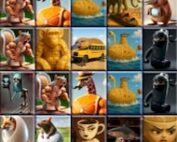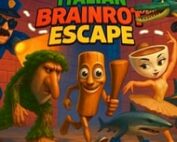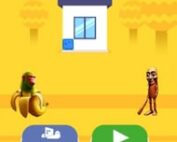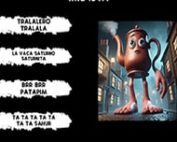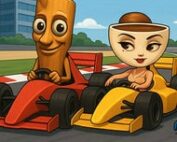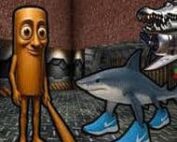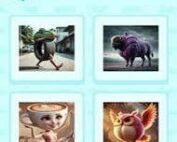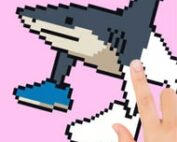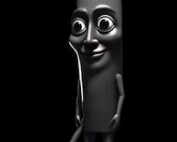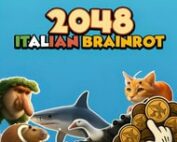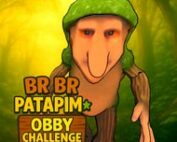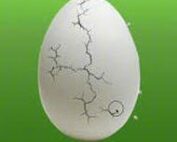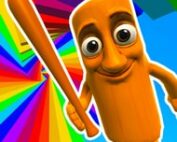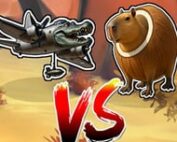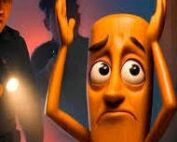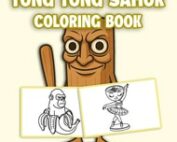Italian Brainrot Find the Differences Game Online

Description
Italian Brainrot Find the Differences is a visually driven game that challenges players to spot minor differences in chaotic, heavily stylized scenes. Each image is full of visual noise, humor, and subtle alterations that push the player’s focus and attention to the limit. With fast-paced rounds and unexpected distractions, this game adds a surreal twist to the classic spot-the-difference genre.
Navigate Visual Chaos
Unlike traditional puzzle games of this type, Italian Brainrot Find the Differences uses artwork filled with overlapping patterns, misaligned angles, and strange elements meant to trick the eye. Players must search carefully for differences hidden in:
- Repeating background elements like signs, shapes, or textures.
- Character expressions, accessories, and postures that shift between versions.
- Unusual details such as floating objects, reversed letters, or hidden characters.
Each level has a time limit and a limited number of hints. Finding all differences before time runs out increases your score, and completing bonus challenges unlocks new image sets with different themes.
Types of Differences and Themes
Players encounter a wide variety of visual styles throughout the game. Examples include:
- Italian Market: Compare scenes full of fruit stands, pastries, and chaotic foot traffic.
- Brainrot Carnival: Look for hidden distortions among clowns, rides, and floating spaghetti.
- Surreal Landscapes: Strange backgrounds filled with dream-like or illogical imagery.
As you unlock higher levels, the differences become more subtle, and decoy items are added to confuse even the most observant players.
Tips for the Toughest Rounds
To progress through the most difficult puzzles, try the following:
- Work from corners inward—it helps establish frame boundaries.
- Scan for visual groupings—look for patterns, not isolated items.
- Use your limited hints only when absolutely stuck to preserve score bonuses.
Italian Brainrot Find the Differences isn’t just about looking—it’s about training your brain to think visually, predict artist behavior, and remain calm under time pressure. It’s a test of visual memory, patience, and the ability to make sense of deliberate chaos.


































